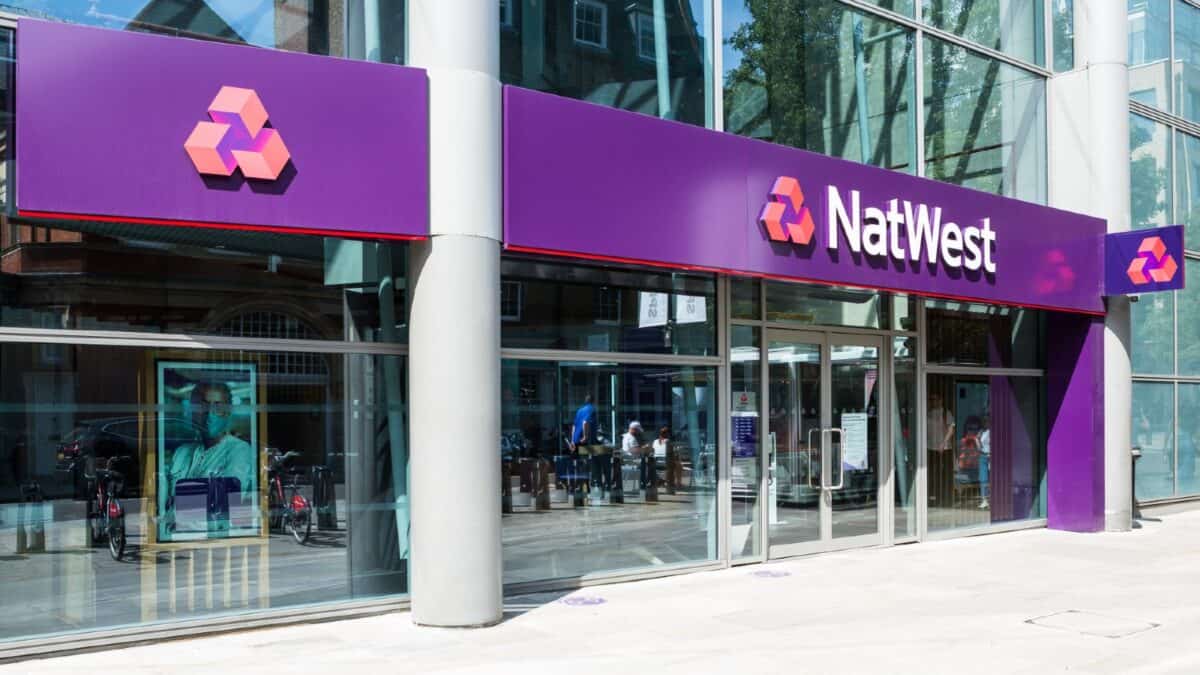It has been widely reported over the course of the past year that the banking sector has benefited from rising interest rates. This has helped to swell profits and increase income payouts to shareholders. When I consider one example of the dividend forecast for a UK bank, it doesn’t seem likely the party is even close to being over.
The business lowdown
The bank I’m considering is NatWest Group (LSE:NWG). Of course, it includes NatWest, but also owns private bank Coutts and other smaller entities. The spread of services and customers means it has really benefitted from the increase in interest rates. The spread it can make between the rate charged on loans versus what it pays on deposits has increased significantly.
The group traditionally pays out a final dividend with the full-year results. This is announced in February and paid in May. An interim dividend is then paid in early autumn.
Should you invest £1,000 in British American Tobacco right now?
When investing expert Mark Rogers has a stock tip, it can pay to listen. After all, the flagship Motley Fool Share Advisor newsletter he has run for nearly a decade has provided thousands of paying members with top stock recommendations from the UK and US markets. And right now, Mark thinks there are 6 standout stocks that investors should consider buying. Want to see if British American Tobacco made the list?
Since the pandemic eased, NatWest has been increasing the dividend per share amount. Even when I exclude the special dividends, the total payments over the past year have been 15.5p. This is up from the 11p from the previous year before that.
When I consider what analysts are expecting for the coming couple of years, it appears this trend will continue.
The picture ahead
With the assumption that 2023 is going to be another strong year for the group, the forecast is for a final dividend of 11p early next year. This could be followed by an interim dividend of 6p, taking the 2024 total payment to 17p.
As for 2025, the expectation is for 12p final dividend and 6.5p interim, a total of 18.5p.
These figures do indicate a good income source for investors. But it doesn’t mean much until we factor in what the dividend yield would be.
At the moment the yield is 6.82%, making it the highest-yielding bank option in the FTSE 100. This is based on 15.5p dividend per share. If I use the 17p figure, the yield jumps to 7.48%. If I use the 2025 expectation, the yield would be 8.14%.
Points to consider
It’s not quite as simple as saying that the yield in 2025 will be guaranteed to be 8.14%. Planning anything that far in advance is going to be uncertain!
The risk is that the share price moves between now and then. It could work both ways. If the share price is higher then where it is now, the overall yield would be lower. But if the stock falls, the yield could actually be higher.
Another point to stress is that the dividend projections are just forecasts. Granted, I think they make sense given the fundamental position of how the bank is performing. But unexpected troubles could mean the dividend is less than expected.
Ultimately, I think this could be a great income stock for investors to hold on to over the coming years.








